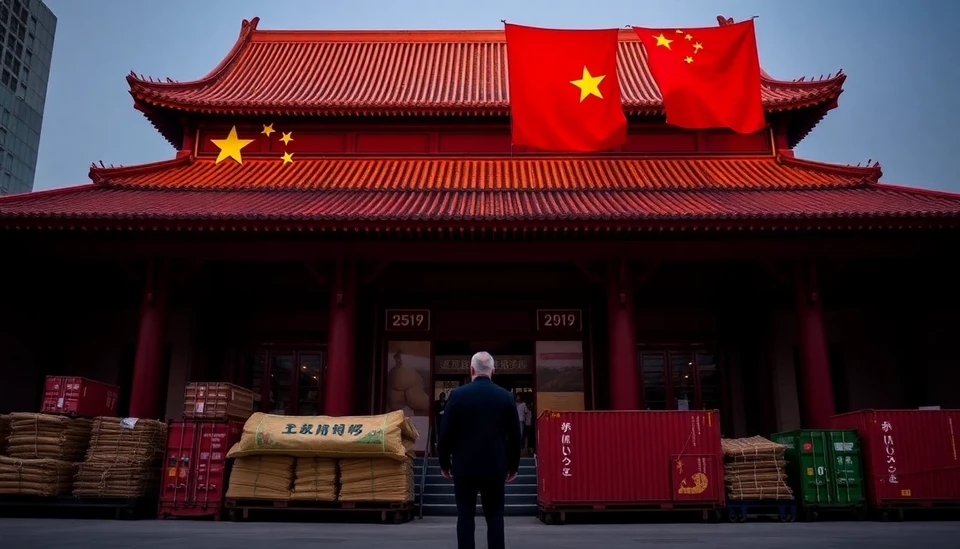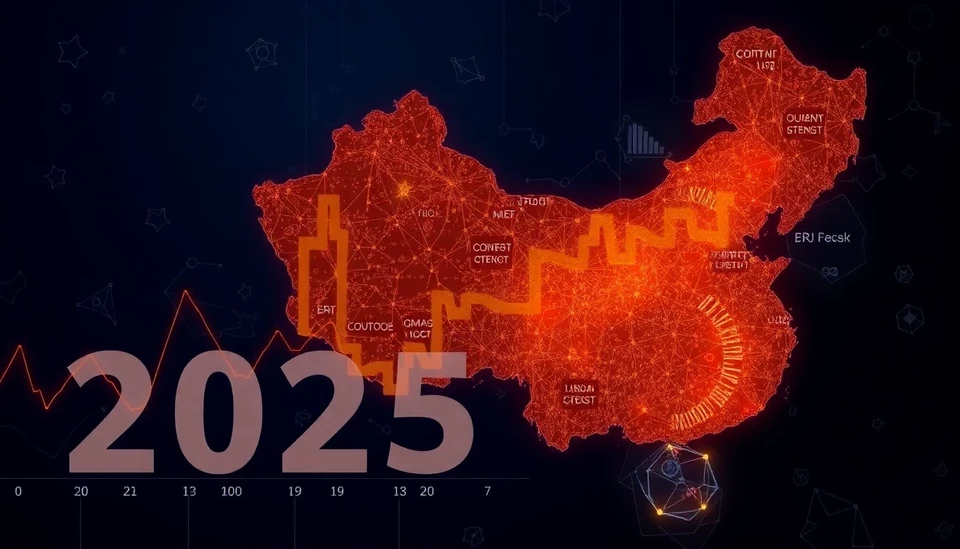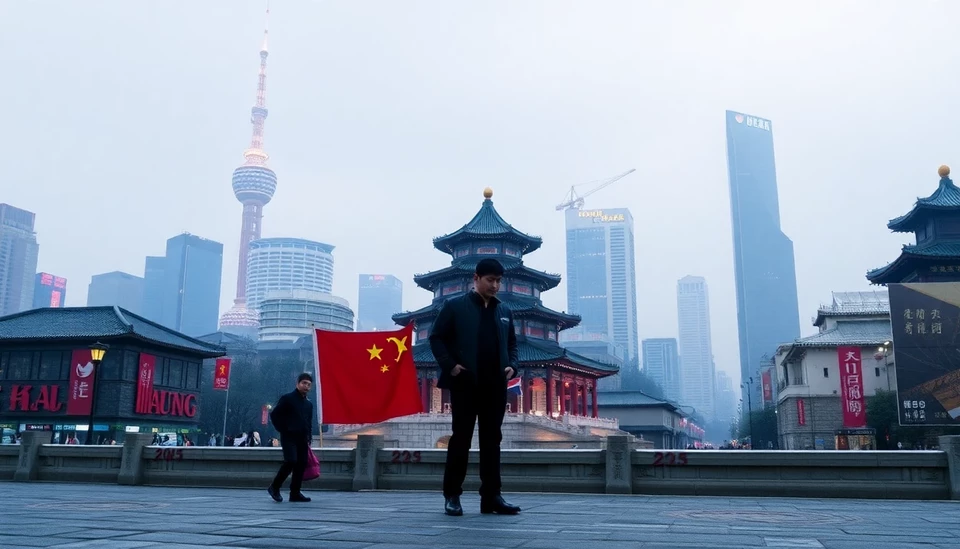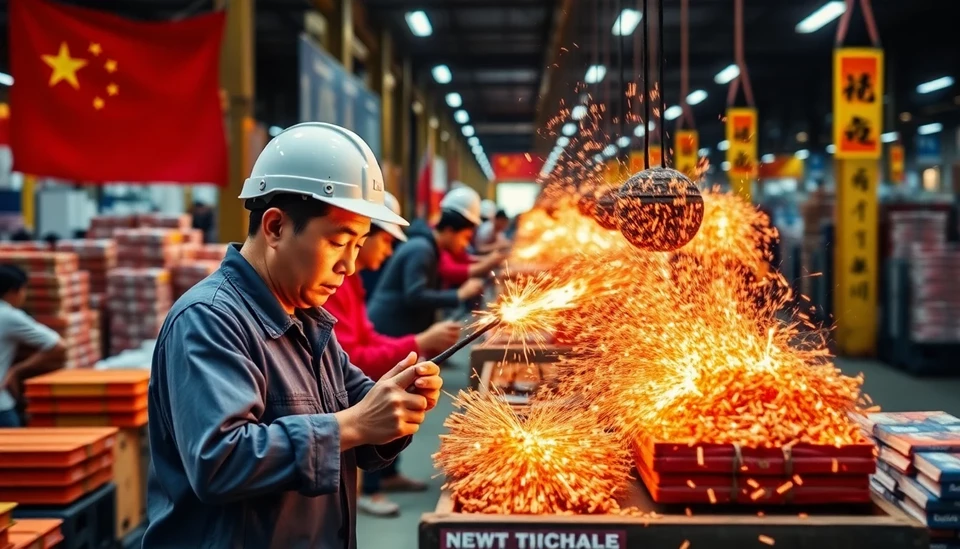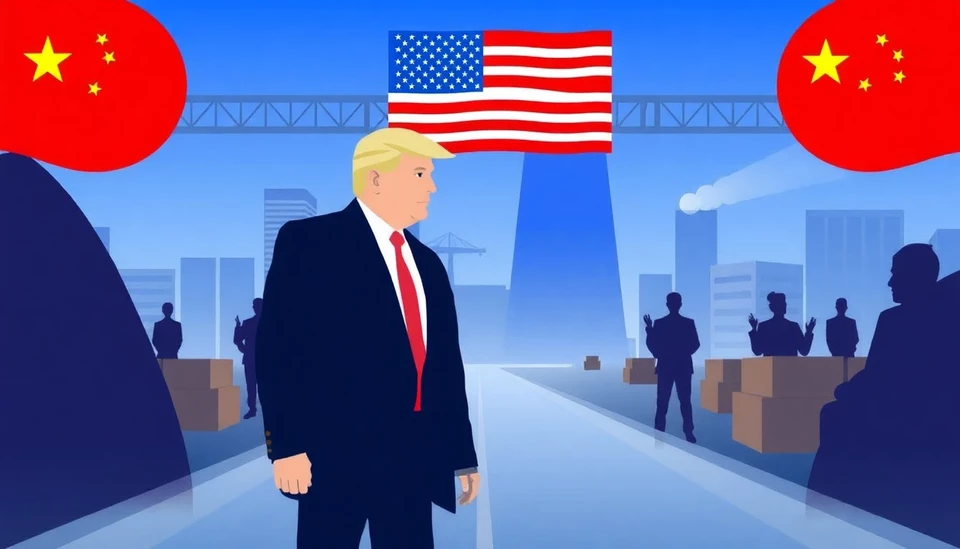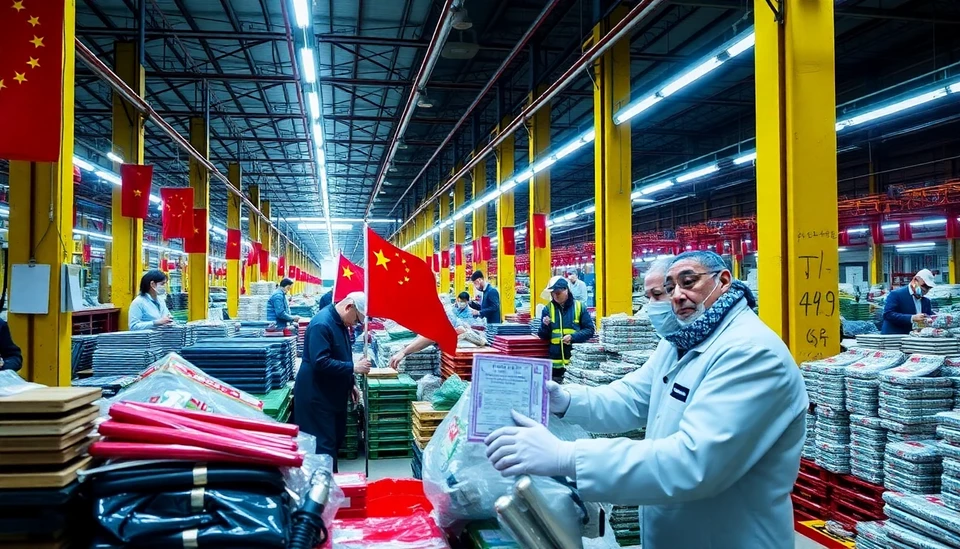
In a concerning economic shift, China is grappling with deflation, led predominantly by its industrial sector. This phenomenon is attributed to a significant mismatch between supply and demand, as production continues to outpace consumption across various industries. As the world's second-largest economy, China's challenges could herald a ripple effect impacting global markets.
Recent statistics indicate a persistent decline in wholesale prices, as indicated by the producer price index (PPI), which has fallen for several consecutive months. The National Bureau of Statistics reported a year-on-year drop of 3.0% in December 2024 alone. This decline has raised alarms among economists, who fear that a prolonged deflationary period could stifle economic growth in the long run.
The stark contrast between China's industrial production and consumer demand has been the primary catalyst behind the deflation. Factories continue to operate at high capacities, but the lack of consumer spending means that inventory levels are rising, prompting manufacturers to lower prices to stimulate sales. Notably, sectors such as steel, coal, and cement are particularly affected, with prices for these key commodities seeing dramatic reductions.
Despite a complex global economic landscape, China's manufacturing output remains robust. However, the disconnection between production metrics and consumer purchasing power highlights a crucial imbalance that economists suggest could hinder the country's economic recovery. Analysts point out that weakening domestic demand, compounded by external factors such as trade tensions and slower global growth, may further exacerbate the situation.
The Chinese government is already witnessing the implications of this economic condition through various indicators. Consumer inflation has remained tepid, raising concerns that households are not spending enough to keep the economy moving forward. In response, product prices in key sectors may continue to decline if demand does not pick up, leading to even greater pressures on manufacturers.
In an effort to combat these economic challenges, there are growing calls for policy innovation and support measures aimed at stimulating consumer demand. Economists suggest that the government should consider implementing fiscal and monetary policies that encourage spending, alongside broader structural reforms to boost domestic consumption.
The situation is under close scrutiny as stakeholders await the government's next moves. There is cautious optimism that targeted interventions could stabilize the situation, but uncertainty remains regarding the sustainability of any such measures. Analysts warn that unless the supply-demand framework improves, deflation could persist, potentially leading to a more profound economic slowdown.
As China navigates this period of deflation, the focus remains on balancing industrial output with consumer needs. The ongoing developments will be crucial not only for China's economic health but also for the stability of broader financial markets worldwide.
In conclusion, the current state of China's industry highlights a pivotal juncture for the nation as it contends with deflation, driven by a stark supply-demand imbalance. How the government responds in the coming months will be critical in determining the trajectory of economic recovery.
#ChinaEconomy #Deflation #IndustrialSector #SupplyDemand #EconomicChallenges #GlobalMarkets
Author: Laura Mitchell
